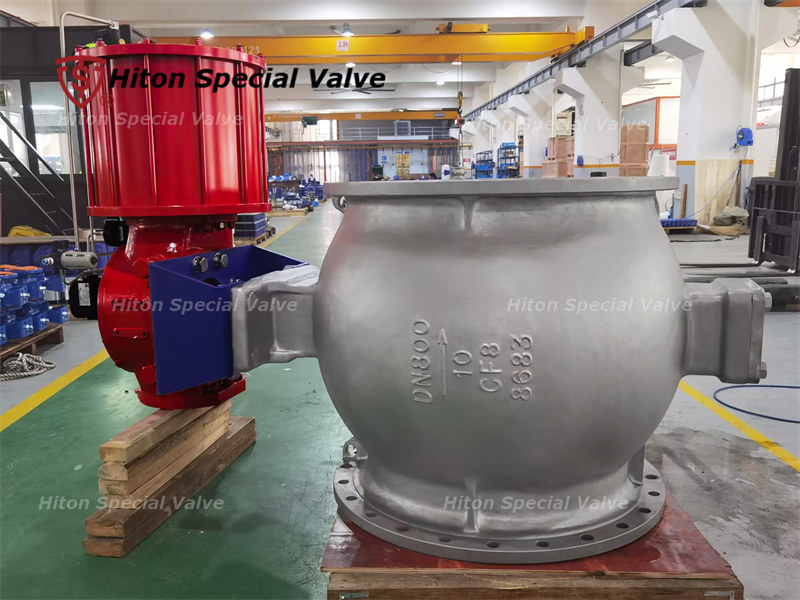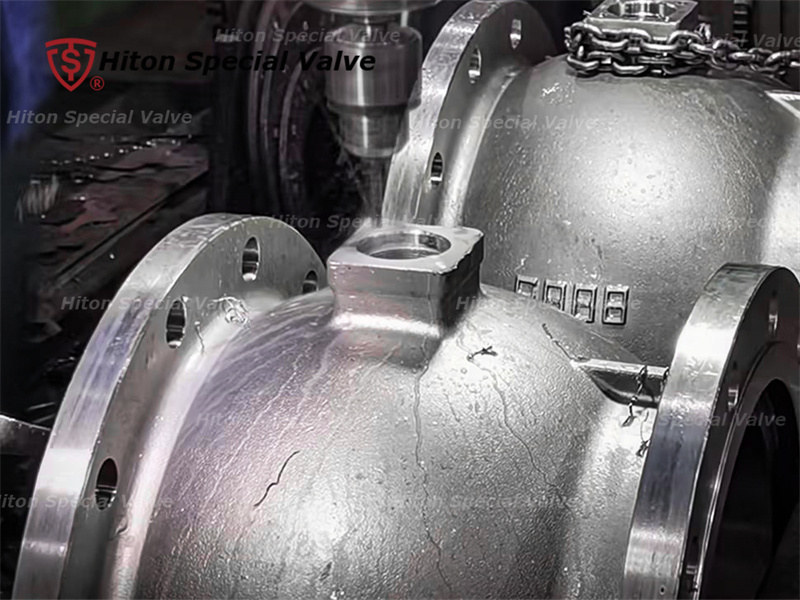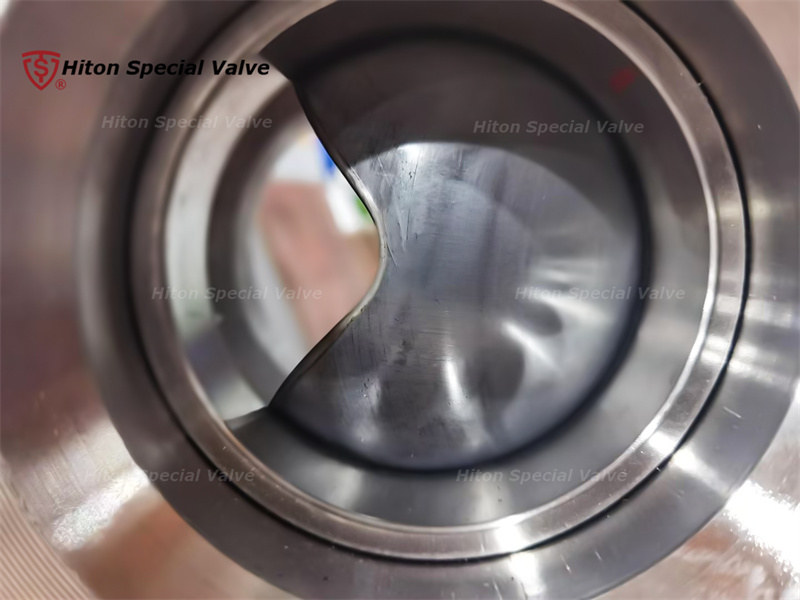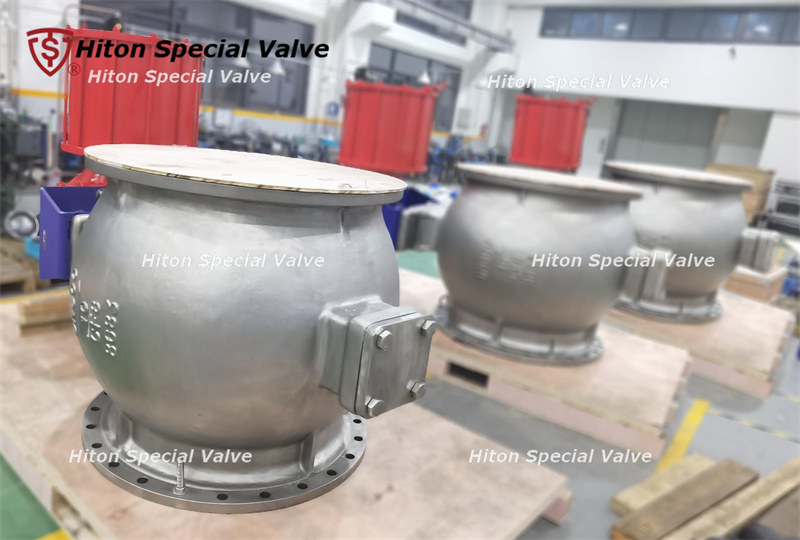1. Regular Inspection: Conduct regular inspections of the V-port ball valve's appearance and operational status. Check for any leaks, corrosion, damages, or foreign objects that might obstruct its operation.
2. Lubrication: Periodically lubricate the moving parts of the V-port ball valve to ensure smooth operation. Ensure that the valve stem, seat, and other components move freely.

4. Seal Check: Inspect the valve seat and sealing surfaces for any signs of wear or damage. Replace gaskets or valve seats as needed.

6. Temperature Considerations: Ensure that the operating temperature of the V-port ball valve does not exceed its design temperature range to prevent material failure.

8. Professional Repairs: For complex malfunctions or extensive damages, seek professional valve maintenance services to ensure the quality and safety of repairs.



















